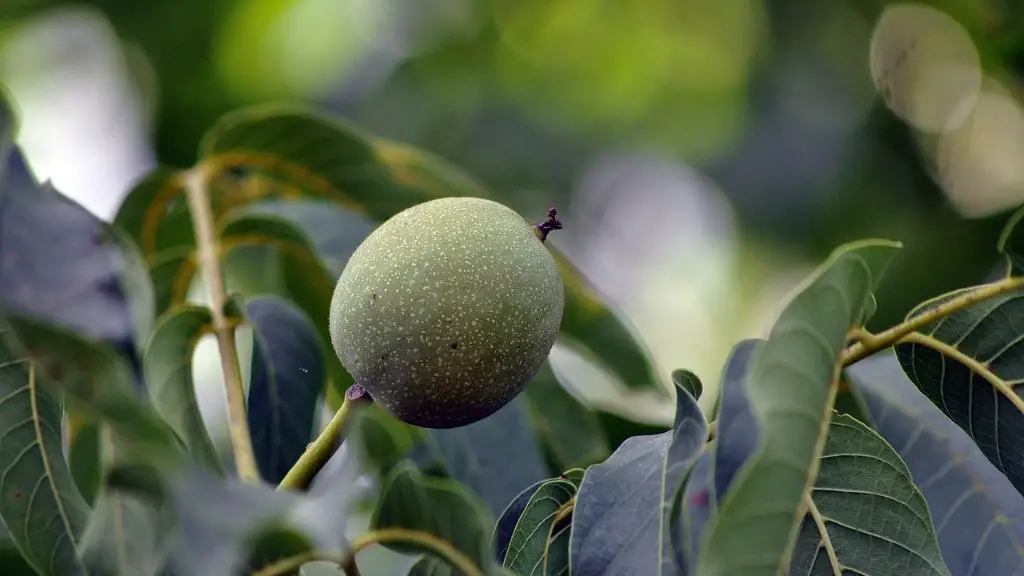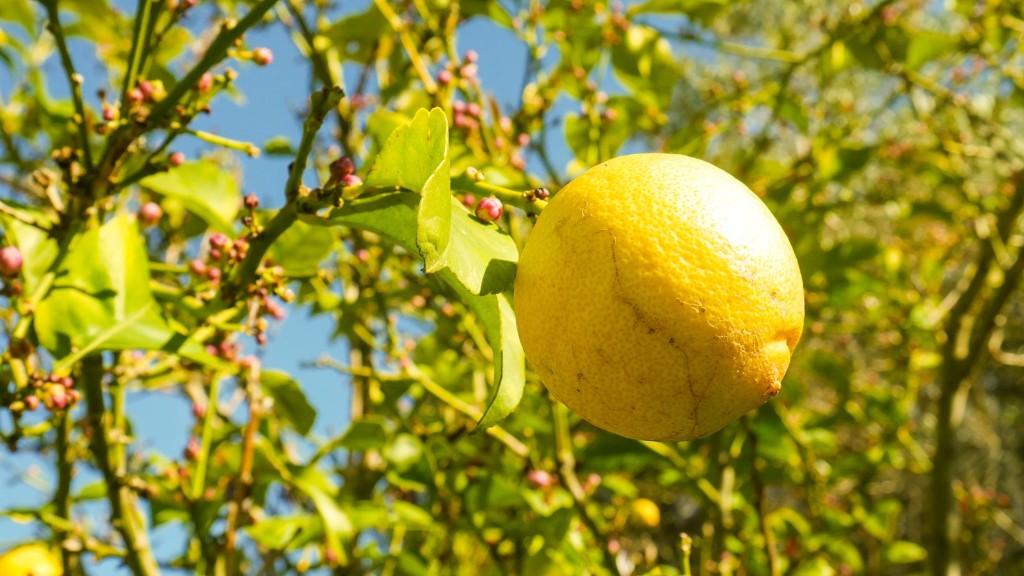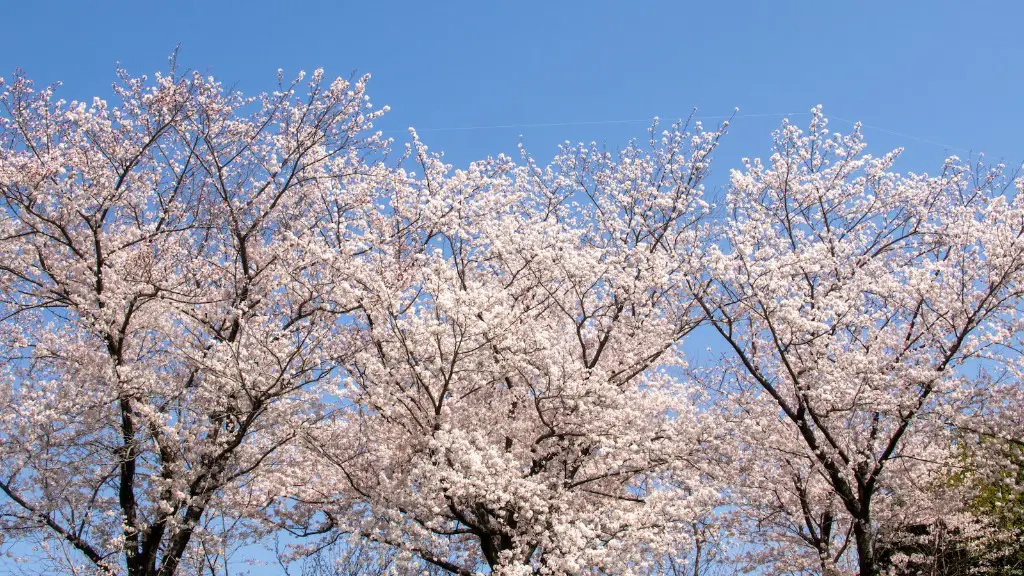A hazelnut is a hard-shelled nut that grows on trees. The hazelnut tree is a small, deciduous tree that is native to Europe, Asia, and North America. The hazelnut is the fruit of the hazel tree. The hazelnut tree produces a round, dark brown nut that is enclosed in a thin, green husk. The hazelnut tree is related to the birch and the beech. The hazelnut is also known as the cobnut or filbert.
Hazelnuts are tree nuts, not ground nuts.
Can I eat hazelnuts if allergic to peanuts?
If you have a peanut allergy, you may also be allergic to tree nuts. This is because the proteins in peanuts are similar in structure to those in tree nuts. Tree nuts include almonds, Brazil nuts, walnuts, hazelnuts, macadamia nuts, pistachios, pecans, and cashews. If you are allergic to peanuts, it is important to avoid all tree nuts.
Allergies to tree nuts are extremely common and often very severe. These types of allergies typically develop by the age of two, and the number of tree nuts to which a person is allergic may increase with age. Roughly 30 percent of people with a tree nut allergy are allergic to more than one nut. This can make managing the allergy very difficult, as avoiding all tree nuts is often the only way to prevent a reaction.
Is Groundnut a tree nut
Though peanuts and tree nuts are often grouped together, they are actually quite different. Peanuts grow underground and are part of the legume family, while tree nuts grow on trees and are part of a different plant family. Though approximately 40% of children with tree nut allergies have an allergy to peanut, they are not the same.
There is an unknown reason as to why patients are often sensitized and allergic to both hazelnut and peanut. These two foods are botanically unrelated, which makes it difficult to understand the correlation between the two. More research is needed in order to determine why this is the case.
What nuts can I eat if I have a tree nut allergy?
If you are allergic to tree nuts, you may be able to eat certain “nut” foods without having a reaction. Nutmeg, water chestnut, butternut squash and shea nuts are not actually tree nuts, and are often well tolerated by those with tree nut allergies. However, it is always best to check with your allergist before trying new foods.
It is important to know that if you are allergic to one type of tree nut, you may not be allergic to all tree nuts. You may only be allergic to a single type of nut, a small number of nuts that share similar proteins, or a wide range of nuts. If you have an allergy to one type of tree nut, it is important to see an allergist to determine which other nuts, if any, you are allergic to.
Can people with tree nut allergies drink hazelnut coffee?
If you have a hazelnut allergy, it is important to avoid anything that contains actual hazelnuts. Some hazelnut-flavored products, such as coffee, may not contain the hazelnut allergen. To be on the safe side, you should always ask your server or contact the manufacturer to find out for sure.
When we think of nuts, we often think of the hard-shelled, edible kind that we eat as a snack. But in botanical terms, a nut is actually a particular kind of dry fruit that has a single seed, a hard shell, and a protective husk. Chestnuts, hazelnuts, pecans, and walnuts all fit the true definition of a nut. Peanuts and almonds, on the other hand, do not meet the botanical definition of a true nut.
What foods to avoid with tree nut allergy
Even if you don’t have a tree nut allergy, it’s important to be aware of the unexpected sources of tree nuts that might contain traces of nuts and cause an allergic reaction. Some common sources of tree nuts include breakfast cereals, candy, crackers, cookies, chocolates, energy bars, flavored coffee, frozen desserts, marinade, barbeque sauces, some cold cuts, ice cream, alcoholic beverages (flavorings), lotions, shampoos, and soaps. If you have a tree nut allergy, it’s important to read labels carefully and avoid these products.
Peanuts are a type of legume and are native to South America. Peanuts are not actually a nut, but are classified as a pulse, which is a type of dried beans. Peanuts are a very good source of protein and are used in many dishes worldwide.
Are hazelnuts tree nuts?
If you have an allergy to one type of tree nut, it’s important to speak with an allergist before consuming any other type of tree nut. While you may not be allergic to all types of tree nuts, it’s better to be safe than sorry. Some tree nuts include almonds, cashews, hazelnuts, pine nuts, pistachios, and walnuts.
The oral allergy syndrome is a type of food allergy that is caused by cross-reactivity between tree pollen allergens and proteins in certain fruits, vegetables, and nuts. Symptoms of the oral allergy syndrome include itching and swelling of the lips, mouth, and throat. The most common tree pollen allergens that cause the oral allergy syndrome are birch, alder, and hazel pollen. Hazelnuts are the most common nut that causes the oral allergy syndrome.
What is the most common nut to be allergic to
If you are allergic to peanuts, it is important to avoid them entirely as they can trigger a life-threatening reaction known as anaphylaxis. Peanuts are found in many common foods, so it is important to read labels carefully. If you have any questions, please consult a doctor or allergy specialist.
It is important to be aware of the many liqueurs that contain nuts, as those with allergies can be at risk. Amaretto, Amadeus, and Galliano all contain almonds, so those with almond allergies should avoid them. Similarly, crème de noix, Frangelico, and Nocello all contain hazelnuts, so those with hazelnut allergies should stay away from them. Keep these considerations in mind when enjoying alcoholic beverages, and always consult with a doctor if you have any concerns.
Which nuts cause the most allergies?
There are six tree nut allergies most commonly reported by children and adults: walnut, almond, hazelnut, pecan, cashew and pistachio. Tree nut allergies are among the most common food allergies in both children and adults.
If you are allergic to birch pollen, you may also experience allergic symptoms after eating hazelnuts. This is because the pollen and the nut share similar proteins, which can confuse your immune system. If you experience mild local allergy symptoms after eating hazelnuts, you may have oral allergy syndrome (OAS) or pollen food syndrome (PFS).
What foods to avoid if you have a hazelnut allergy
If you have a hazelnut allergy, you may also be allergic to other plant foods. The most common cross-reactivities are with tree nuts, fruits, soybeans, vegetables, and legumes. This means that if you’re allergic to hazelnuts, you may also be allergic to other nuts, such as almonds, walnuts, and pistachios. You may also be allergic to fruits such as apples, bananas, and kiwis. And you may be allergic to soybeans, peas, and beans.
Hazelnut is a common allergenic food and can cause severe anaphylactic reactions. If you have a hazelnut allergy, it is important to avoid all foods that contain hazelnuts and to carry an EpiPen with you at all times in case of accidental exposure.
Conclusion
Hazelnuts are tree nuts, not ground nuts.
Hazelnut is a tree nut.



